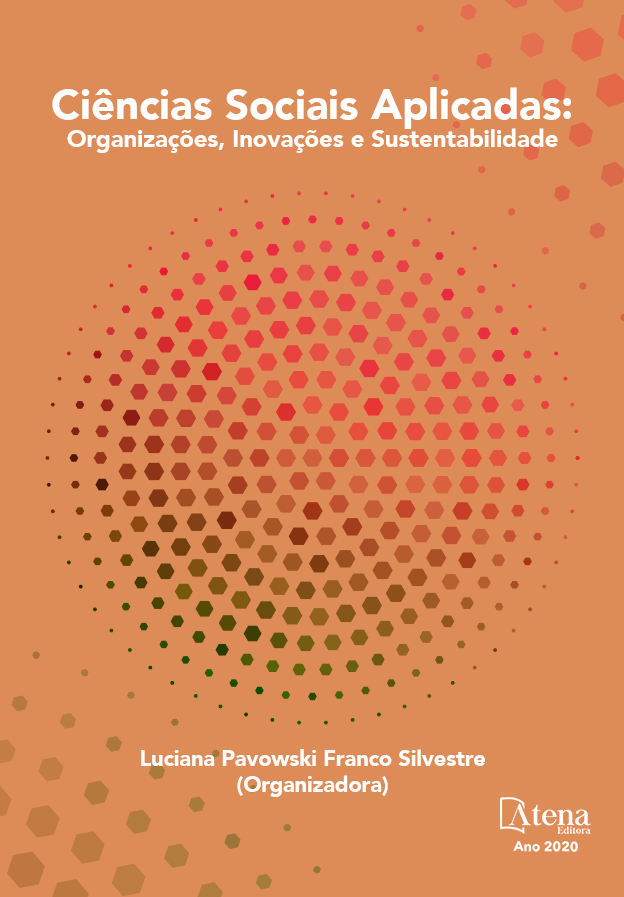
CARTOGRAFIA HISTORIOGRÁFICAS DAS FRONTEIRAS NACIONAIS E AS PRÁTICAS GUARANI
Nosso artigo é resultado da pesquisa de Iniciação Científica que realizamos sobre “cartografia historiográficas das fronteiras nacionais e as práticas guarani” desenvolvemos trabalhos colaborativos com diferentes pesquisadores indígenas e não indígenas no Ñande Retã/território Guarani abarcando porções meridionais do Brasil, setentrionais da Argentina, leste e oeste Paraguai e sul da Bolívia. A pesquisa de campo foi desenvolvida no contexto das fronteiras entre Argentina, Brasil e Paraguai, conhecida também como tríplice fronteira, local de intensa mobilidade Guarani e profunda relação histórica, considerada o berço do povo Guarani ou o yvy mbyte/cetro do mundo, como definem eles. Identificamos que a partir das definições das fronteiras nacionais, em especial em fins do século XIX, esse povo começou a sentir os efeitos das relações com os referidos Estados Nacionais, se agudizando ao longo do século XX, em especial a partir do investimento econômico na região – Turismo, Turismo de Compras, Itaipu e Agronegócio – deixando os Guarani a margem do processo, tratando-os como mão de obra ou atrativos turísticos. Nas últimas décadas os Guarani intensificaram processos de retomada de terras e encontros “internacionais” e nacionais de líderes políticos e especialmente de líderes religiosos, criando uma nova configuração na cartografia da fronteira.
CARTOGRAFIA HISTORIOGRÁFICAS DAS FRONTEIRAS NACIONAIS E AS PRÁTICAS GUARANI
-
DOI: 10.22533/at.ed.5632017119
-
Palavras-chave: Guarani; Cartografia; Fronteira; Estados Nacionais; Território.
-
Keywords: Guarani; Cartography; Border; National States; Territory.
-
Abstract:
Our article is the result of the Scientific Initiation research we carried out on “historiographic cartography of national borders and Guarani practices”. We developed collaborative works with different indigenous and non-indigenous researchers in the Ñande Retã / Guarani territory covering southern portions of Brazil, northern Argentina, east and western Paraguay and southern Bolivia. The field research was carried out in the context of the borders between Argentina, Brazil and Paraguay, also known as the triple border, a place of intense Guarani mobility and a deep historical relationship, considered the cradle of the Guarani people or the yvy mbyte/scepter of the world, how do they define. We identified that from the definition of national borders, especially at the end of the 19th century, these people began to feel the effects of relations with the referred National States, becoming more acute throughout the 20th century, especially from the economic investment in the region. - Tourism, Shopping Tourism, Itaipu and Agribusiness - leaving the Guarani at the margin of the process, treating them as labor or tourist attractions. In the last decades, the Guarani have intensified processes of land retaking and “international” and national meetings of political leaders and especially of religious leaders, creating a new configuration in the cartography of the border.
-
Número de páginas: 15
- Rafael Fonseca Gomes Dantas de Melo
- clovis Antonio Brighenti


